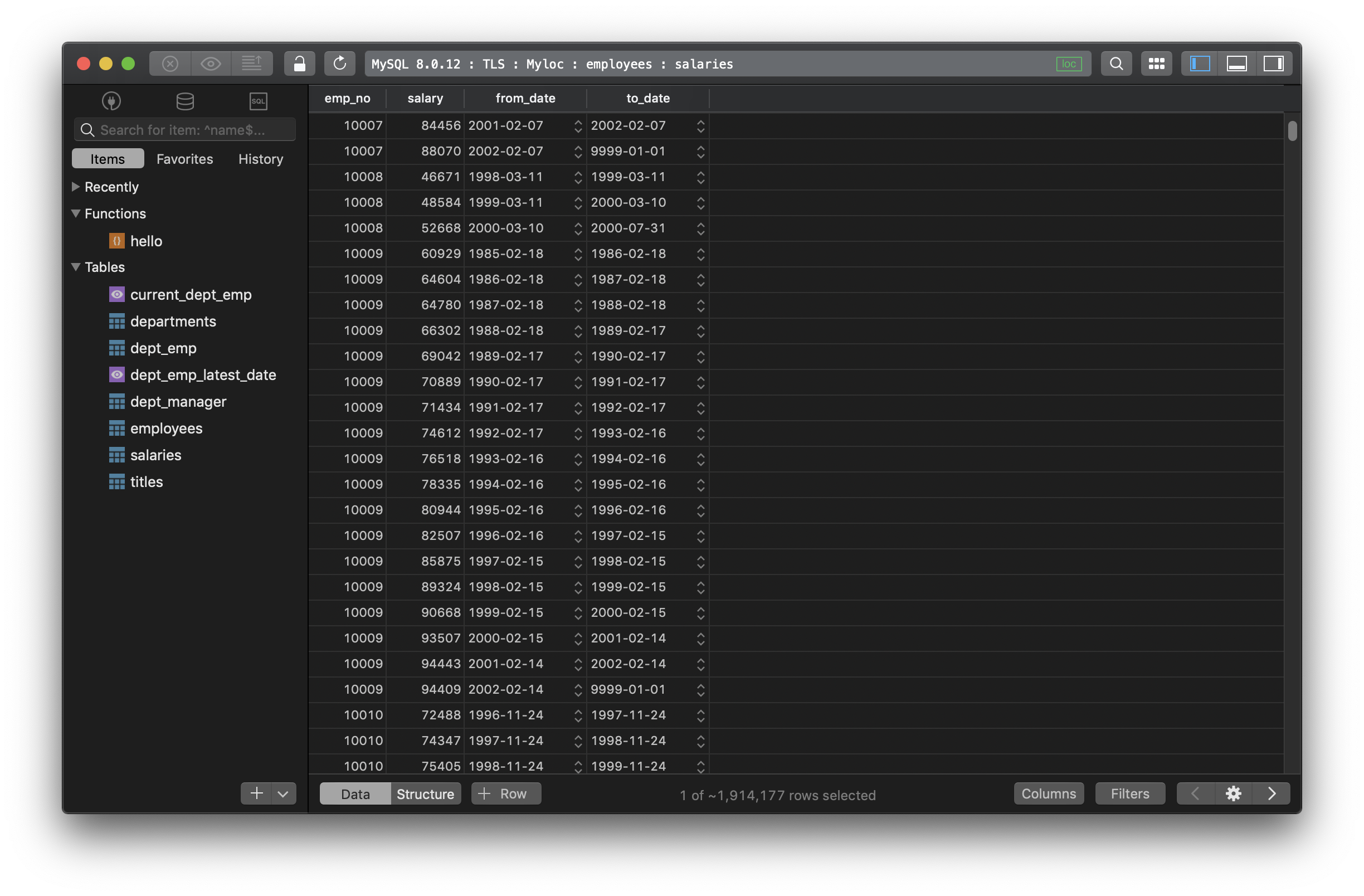


Then we will discuss benchmarks, performance issues and what we can do about them. We will describe how we have implemented this and highlight particular points in the endless universe of possible improvements, e.g.
Postgresql partition by manual#

Limited ALTER TABLE support for distributed tables.Distributed deadlock detection and resolution.Partitioning helps as it can divide large tables into smaller tables hence reducing memory swap problems and table scans, ultimately increasing the performance. Node addition/removal with data rebalance Sharon Rithika February 14th, 2022 As huge amounts of data are stored in databases, performance and scaling get affected. sum (s.'Quantit圜hange') OVER (PARTITION BY s.'LocationId', s.'PartId', s.'SupplierFacilityId' ORDER BY s.'DueDate' ROWS BETWEEN UNBOUNDED PRECEDING AND CURRENT ROW) AS 'RunningSum' Sometimes SupplierFacilityId is null and that's fine, it should still be included in the sum () calculation.We have implemented two-phase commit (2PC) commit protocolĪnd Clock-SI algorithm to provide atomic cross-node transactions with snapshot isolation (called REPEATABLE READ in Postgres) xact isolation level. For each partition, user-specified number of copies is created with logical replication. Any node can execute queries involving distributed tables. Based on pg_pathman and postgres_fdw modules, it supports hash-sharding of tables into arbitrary number of partitions We are working on pg_shardman - PG extension which aims to scale-out Postgres without losing ACID semantics.


 0 kommentar(er)
0 kommentar(er)
